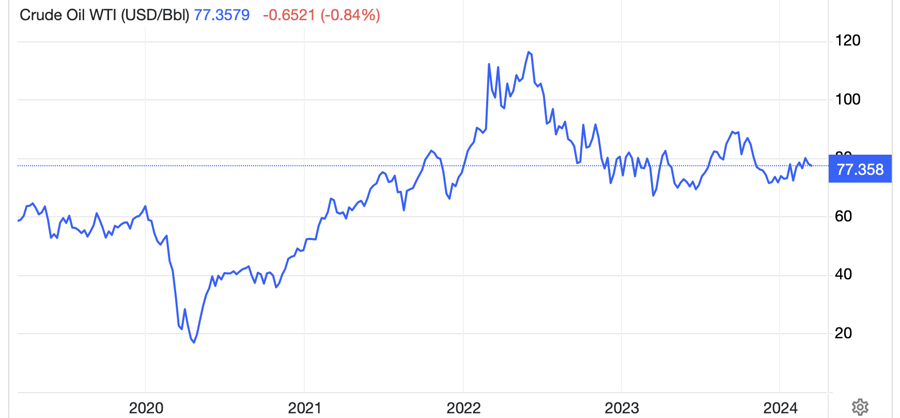Saudi Aramco, the massive state-owned oil company of Saudi Arabia, has announced an increase in its annual dividend payment to approximately $100 billion after reporting its second-highest profit in the company’s history. This move comes even as oil prices have fallen and the government’s efforts to cut oil production have put pressure on Aramco’s business results, according to the Financial Times.
According to the financial report released on March 10th, Aramco reported a net profit of $121 billion in 2023, a decrease of about one-fourth compared to the record net profit of $161 billion set in 2022 due to a surge in fossil fuel prices. Despite the decrease in profits, Aramco CEO Amin Nasser announced an additional 30% increase in dividends for 2023, bringing the total to $97.8 billion.
Aramco’s dividend payments – the world’s largest oil company by market capitalization – remain the most important source of revenue for the Saudi Arabian government, with shareholders holding an 82% stake in the company. In addition to this stake, the Saudi Arabian government also controls an additional 16% stake in Aramco through a sovereign wealth fund.
Saudi Arabia’s Crown Prince Mohammed bin Salman intends to use the profits from oil to invest in an ambitious reform program aimed at modernizing the country and diversifying the economy.
Maintaining high and consistent dividends from Aramco is seen as significant for the Saudi Arabian government’s plan to sell additional shares of Aramco to the public market in the future. In its record-breaking initial public offering (IPO) in 2019, Aramco sold a 1.7% stake. Saudi Arabia is considering selling more shares of the company on the domestic stock market this year, according to knowledgeable sources.
Nasser stated that global oil consumption in 2023 reached a high, record-breaking level of 102.4 million barrels per day “despite geopolitical headwinds.” He predicted that global oil demand will continue to increase this year. “We forecast demand to reach 104 million barrels per day in 2024 and potentially grow even more in 2025,” the CEO said.

Despite global efforts to transition away from fossil fuels, Aramco is betting that the demand for crude oil will remain stable for many decades to come. Based on this, the company has invested to increase production capacity from 12 million barrels per day to 13 million barrels per day by 2027. However, in a surprising policy reversal, the Saudi Arabian government temporarily halted this production increase plan in January of this year. Nevertheless, Nasser affirmed Riyadh’s continued belief in the long-term demand for oil.
“We are confident that the world will need a combination of energy sources including gas, renewables, hydrogen, and other energy sources to achieve a substantial, stable, and orderly energy transition,” said Nasser. However, he noted that the suspension of the production expansion plan will help Aramco “increase flexibility” in basic investments and provide additional opportunities to increase domestic gas production as well as expand the company’s downstream operations.
Aramco’s planned increase in oil production is expected to cost about $40 billion over the 2024-2028 period. The company’s total capital expenditure for the coming year is forecast to range from $48 billion to $58 billion, compared to $49.7 billion in 2023 and $37.6 billion in 2022.
Aramco aims to increase its gas production by more than 60% by 2030 compared to the level in 2021 and increase the use of crude oil as a feedstock for its downstream business to 4 million barrels per day.
The company produced an average of 10.7 million barrels of crude oil and other forms of liquid energy per day in 2023, down from 11.5 million barrels per day in 2022. At the request of the Saudi Arabian government, Aramco had to reduce crude oil production by about 2 million barrels per day in the past 18 months. This is part of OPEC+’s plan to support oil prices.
OPEC+ is an alliance between the Organization of the Petroleum Exporting Countries (OPEC) and several non-OPEC members. Saudi Arabia and Russia are the informal leaders of the alliance.
In addition to gas, other potential areas of expansion for Aramco include investing in liquefied natural gas (LNG) projects overseas. In September of last year, Aramco acquired a small stake in MidOcean Energy in Australia – marking the oil giant’s first investment in the overseas LNG sector.












